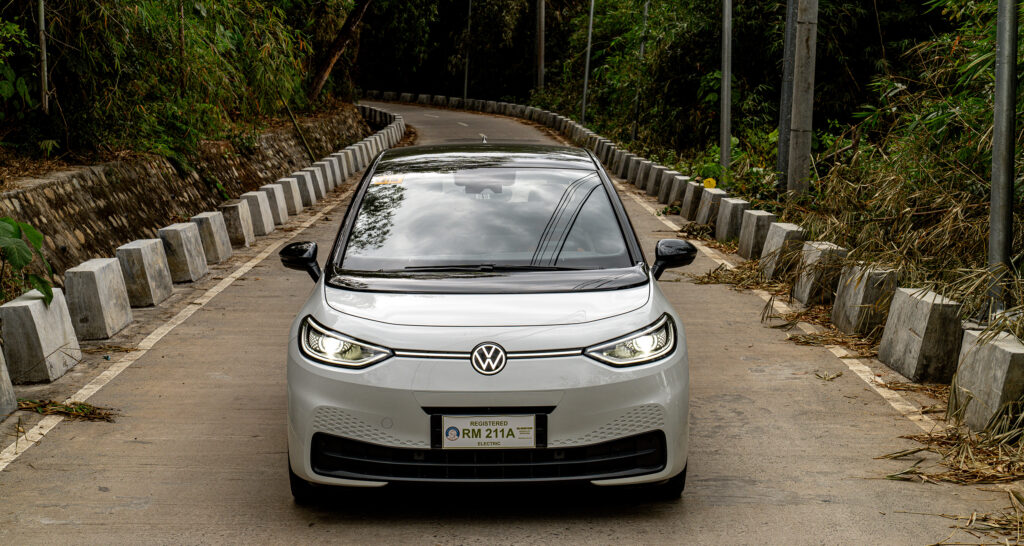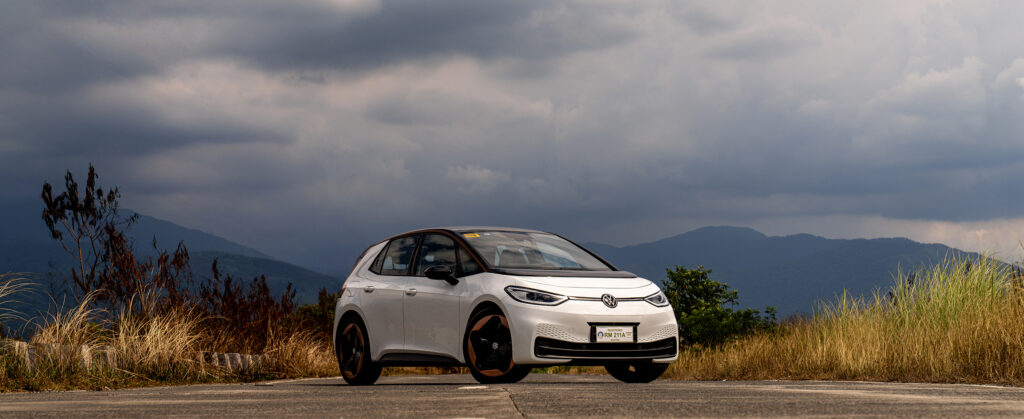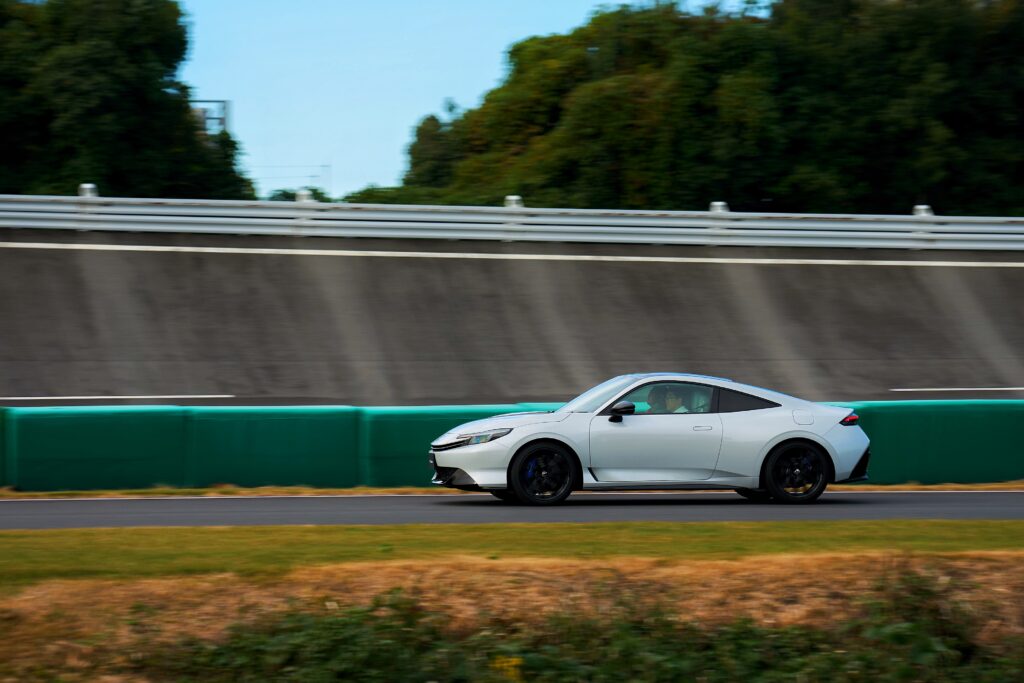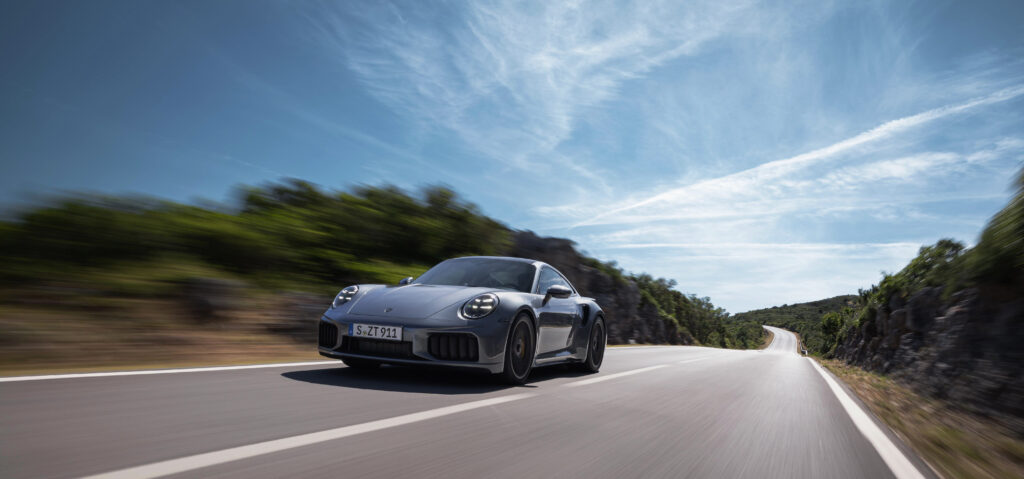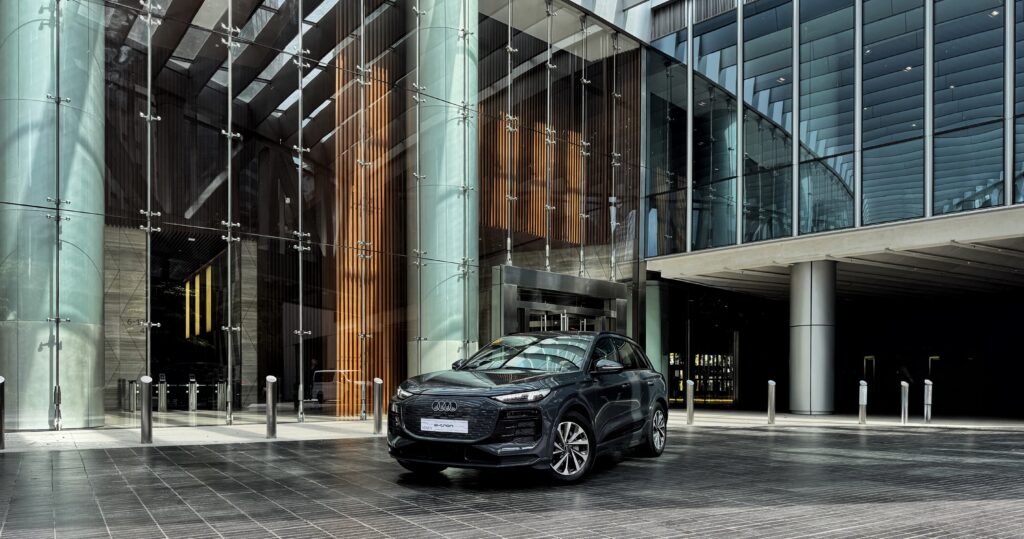The legendary American automotive executive, Lee Iacocca famously once said that “when the product is right, you don’t have to be a great marketer”
That pretty much sums up Volkswagen Philippines’ greatest loss: it failed to bring the right product to the right audience that truly appreciated the brand.
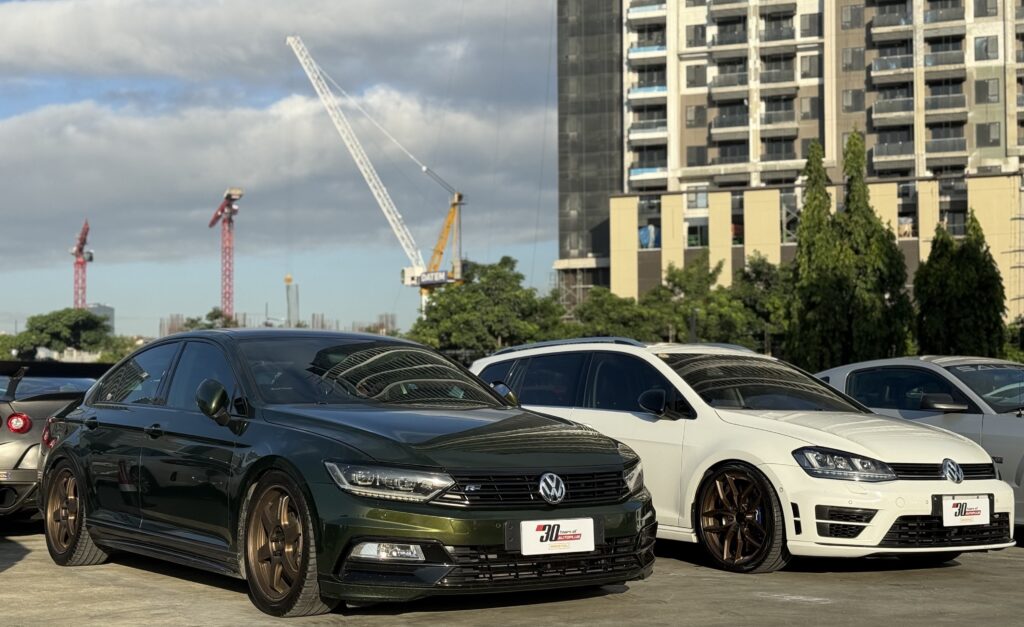
The beginning of Volkswagen Philippines was great with the Golf, the Jetta and the Passat. The Beetle was offbeat and quirky but it also appealed to and sold to the was right audience.
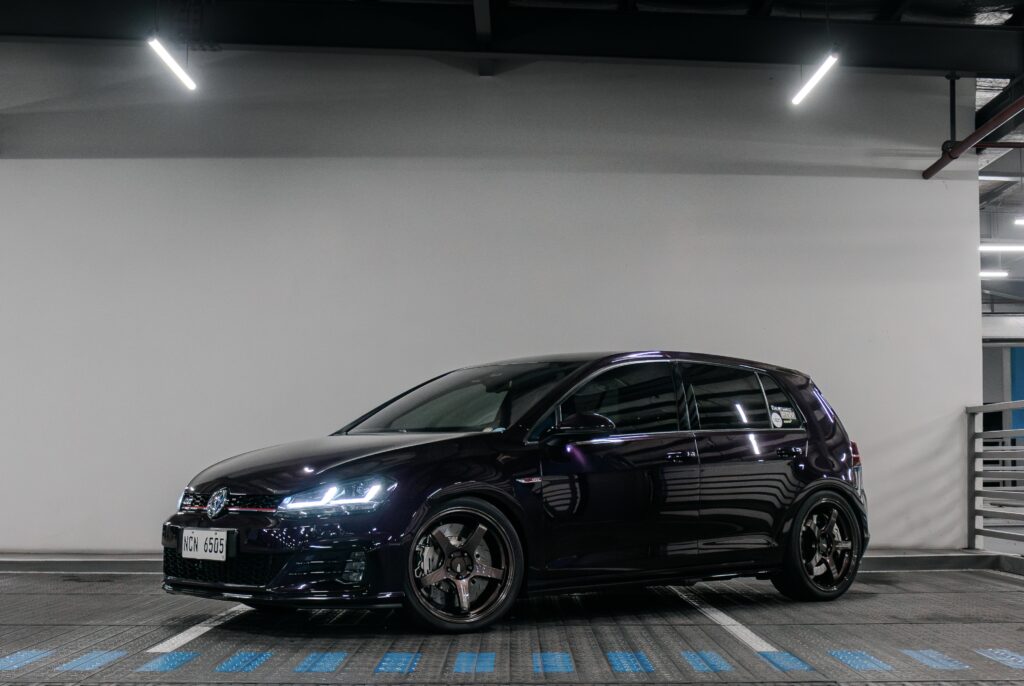
Alas, the car industry is a generational industry: it takes years to develop a market that wants your product, after being tested not just on performance, reliability or economy, but after-sales service, resale value and overall brand equity / impression.
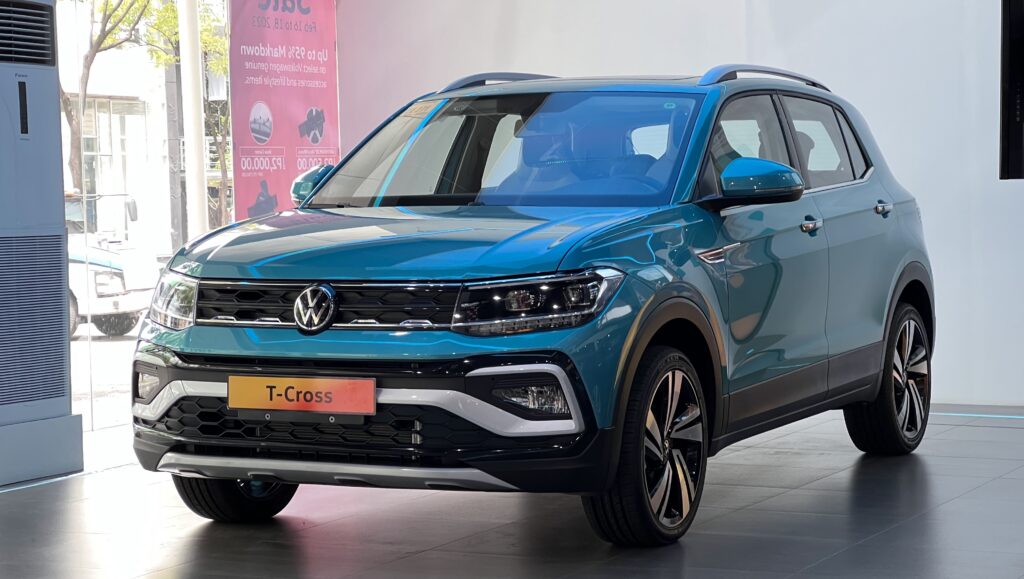
To expect volume comparable to the legacy brands (who endured the same lengthy gestation period) in so short a span of time is foolhardy and unrealistic. History has shown it takes generations for new entrants to the automotive market to gain widespread acceptance. The Koreans took decades, and now the Chinese brands would still be languishing at the very bottom were it not for them being leaders in the mass-market new-energy vehicle segment, combined with preferential tax rates.
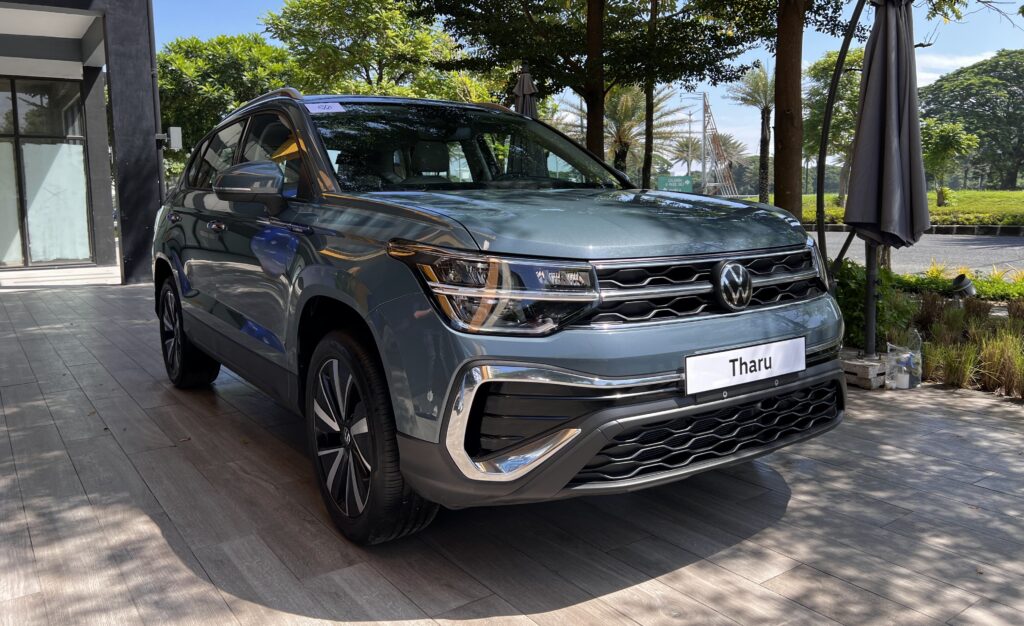
While the Golf, Jetta, Passat and later the Touareg SUV were great, it failed to deliver the desired volume for Volkswagen PH.
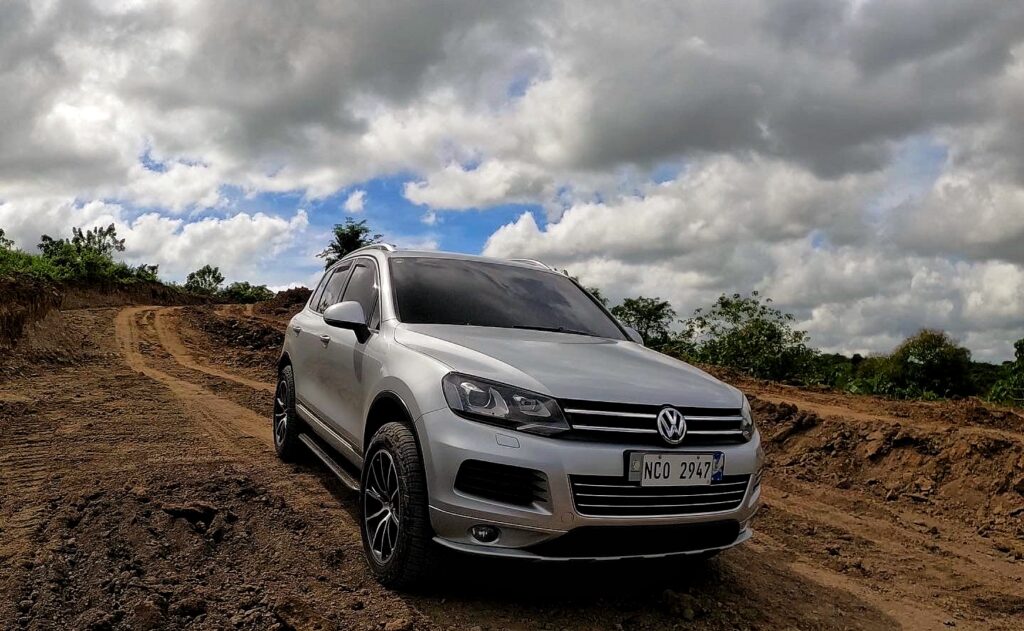
So to make the products more affordable, Volkswagen sourced China-made units which in itself was not bad, but the choice of models were. From the Golf, Jetta and Passat, we ended up with the Lavida, Lamando and Santana.
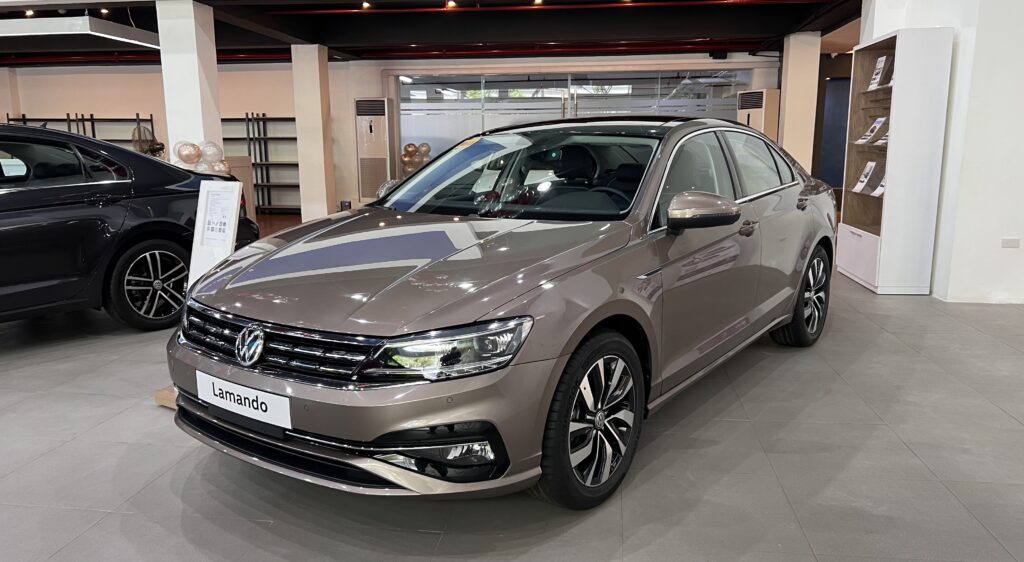
These were ok as basic transportation, but the Philippine market was far savvier, more sophisticated and more demanding. These products failed epically. The T-Cross and Tharu cross-overs that followed were much better, but the damage had been done, castrating Volkswagen in the Philippines of any and all desirability
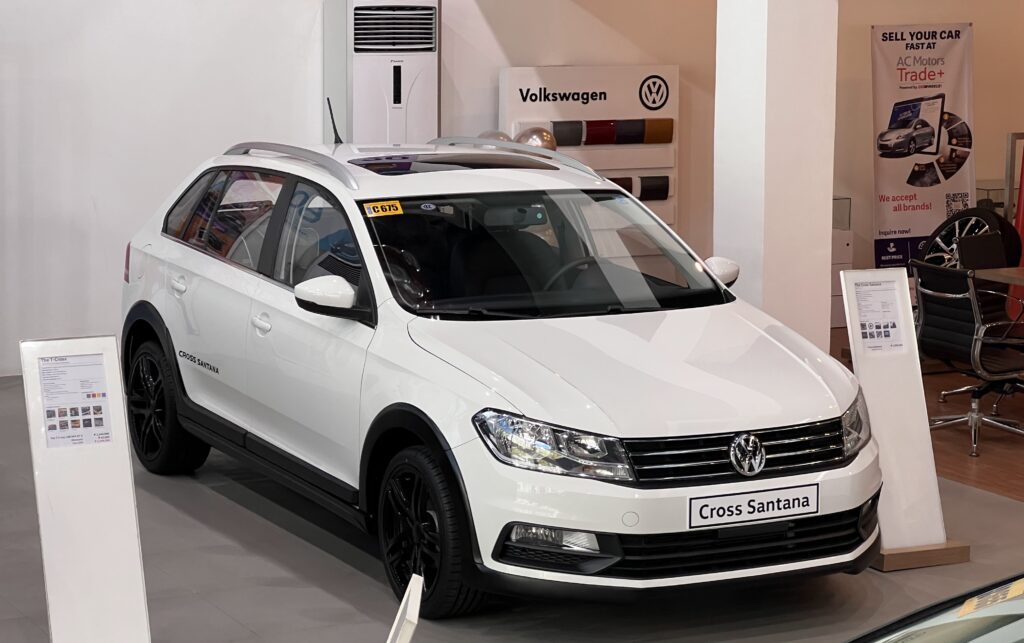
But what if Volkswagen Philippines soldiered on with their expensive, low-volume but highly desirable cars for another few years, then jumped in the electric bandwagon, bringing in cars like the Volkswagen iD3 hatchback, the iD4 and iD6 crossovers and the handsome iD7 lift-back and Tourer?
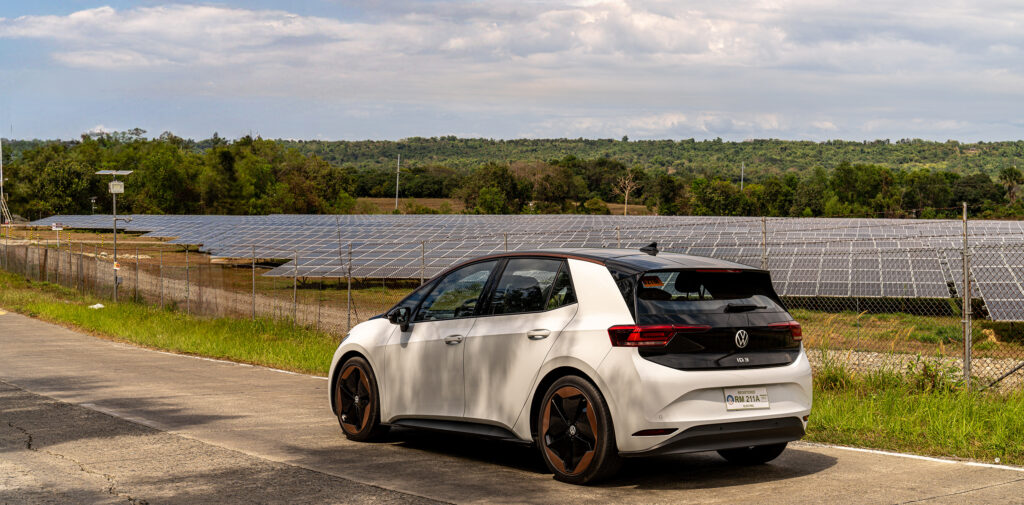
The brand would now be competing head-on at the entry-level luxury segment, positioned as a premium brand engineered in Germany but enjoying the benefits of Chinese preferential trade agreement.
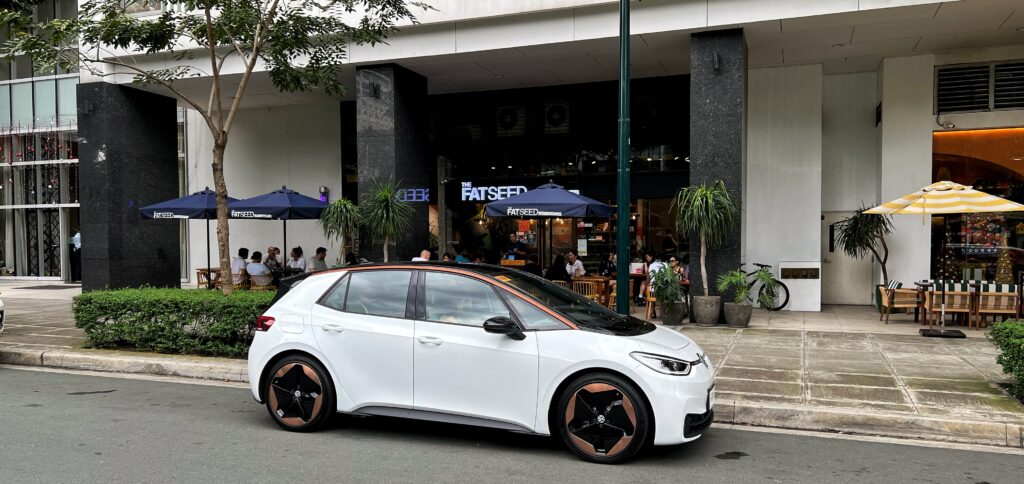
I recently borrowed a Volkswagen iD3, a grey import unit brought in by Silverstern Motors. I generally avoid reviewing grey-market imports to give respect to the authorized distributor, but Volkswagen Philippines has finally bowed out of the country and we are ultimately worse off.
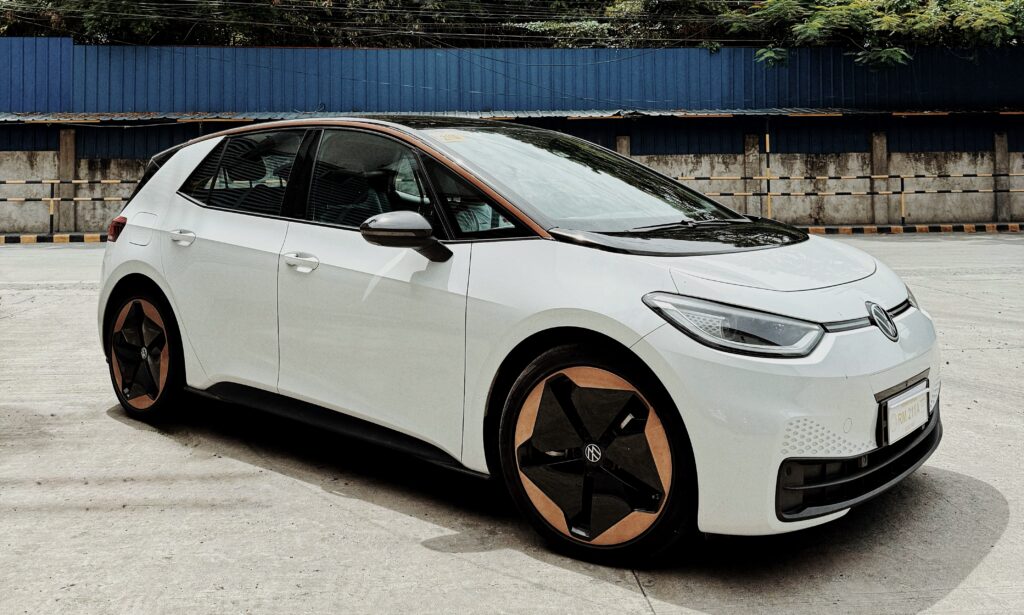
The iD3 is amazing, capturing the same overall versatility and ingenuity as the original Honda Jazz back in 2005 (ironically, also an Ayala co-owned enterprise in the country). The space, pace, features and overall driving dynamics is truly impressive.
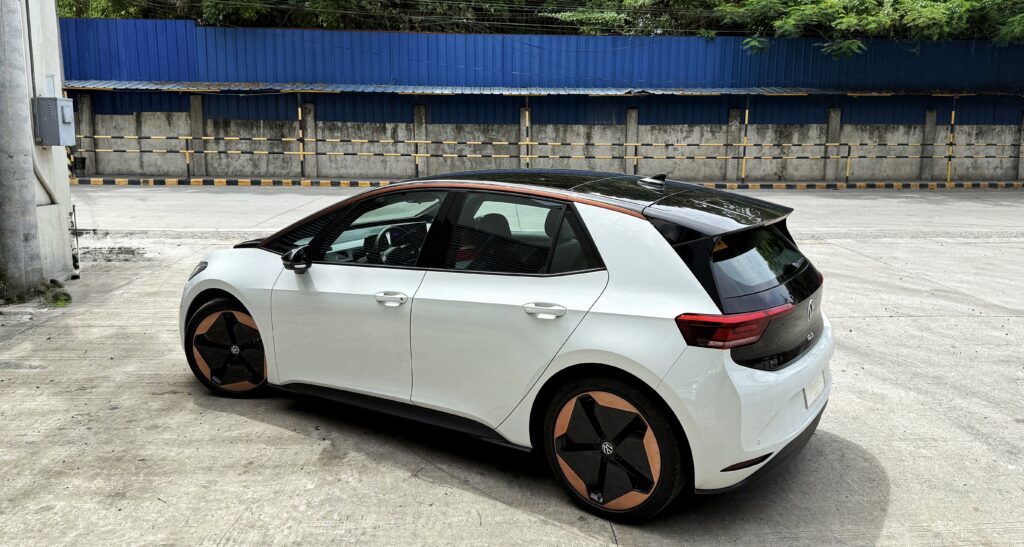
It may seem poor value versus other similarly priced EV’s from China (usually larger cross-overs with more electronic gadgets and features) but none of them offer the same fahrvergnügen (driving pleasure) as the handsome Volkswagen. Joy that is universal, joy that will encourage you to jump in, drive far and explore new places.
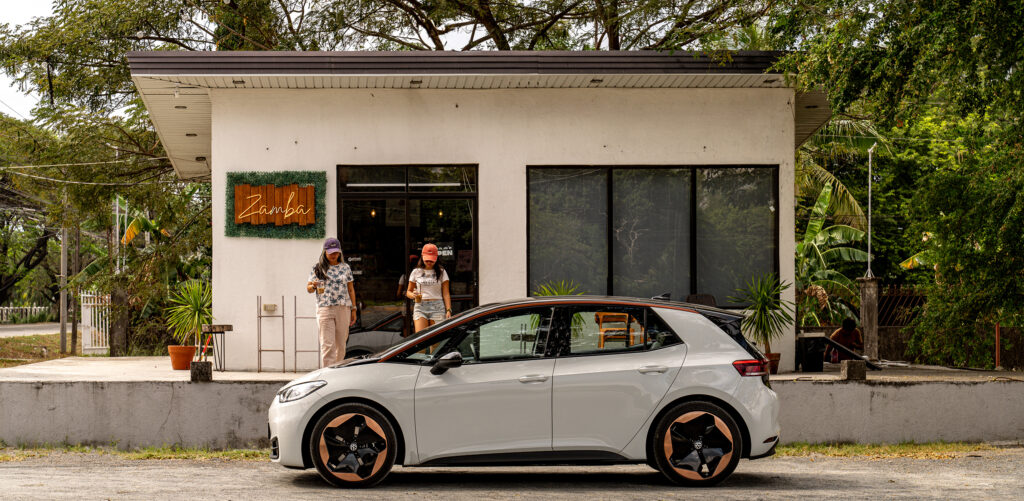
Yes, driving pleasure and electric vehicles need not be mutually exclusive and should co-exist if the EV industry wants to help ICE buyers transition to an electrified future.
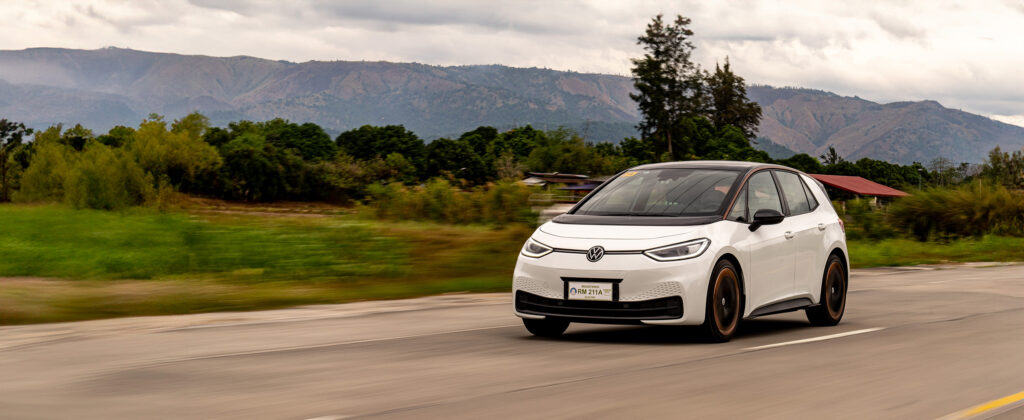
It helps that the huge 20-inch alloy wheels are absolutely gorgeous, more attractive than a whole lot of aftermarket wheels costing hundreds of thousands of pesos. And as we car guys all know, an amazing set of wheels ALWAYS puts us in the right frame of mind poring over a new car.
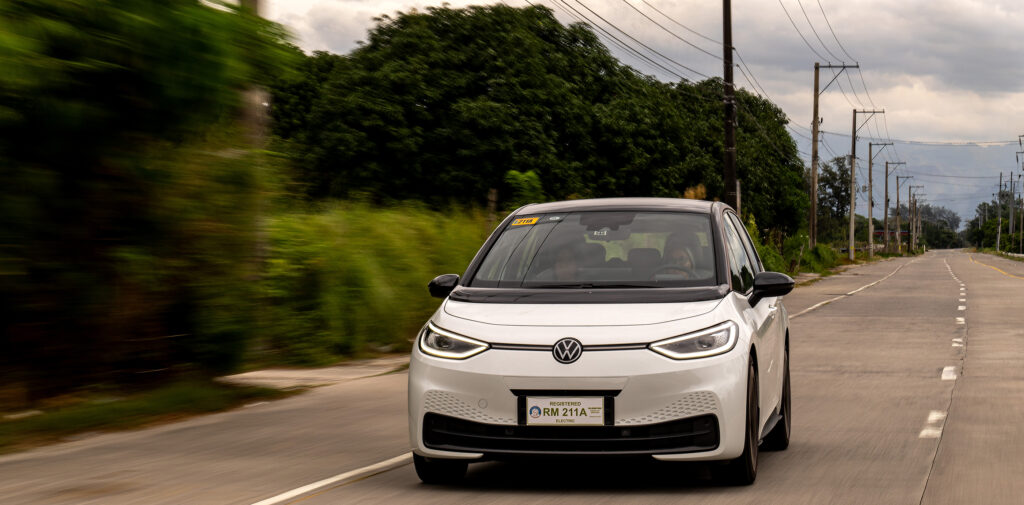
The iD3 is built on the brand’s modular electric drive matrix platform or MEB (short for Modularer E-Antriebs Baukasten). The EV specific modular platform reduces cost, is hugely variable, was designed with great driving dynamics, always a German car hallmark, and impressive interior space.
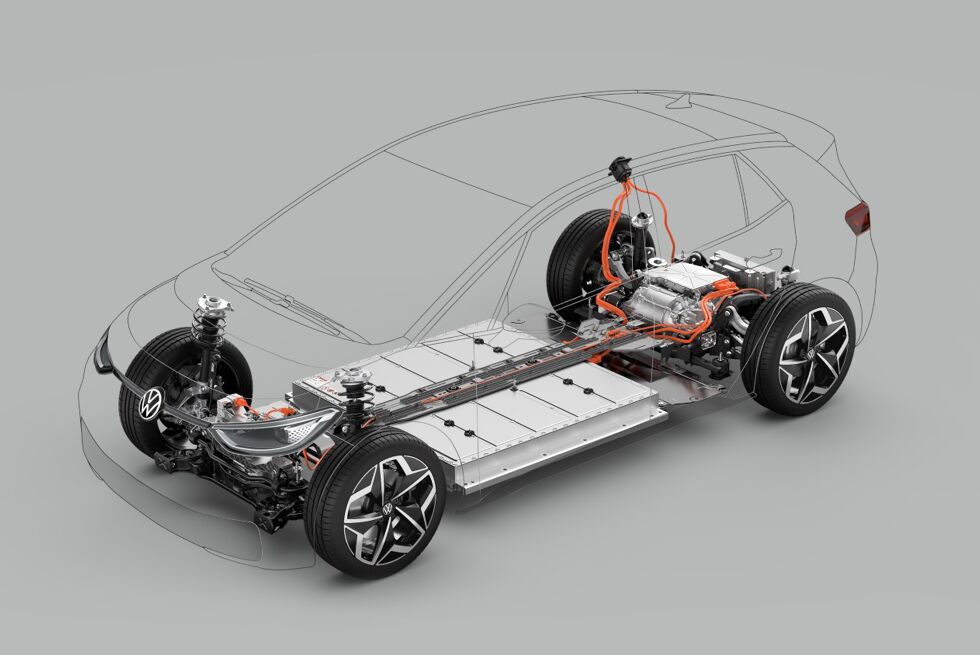
In the iD3, the platform takes shape as a handsome Golf-sized 5-door C-segment hatchback with a very roomy trunk and second row seat thanks to the flat-floor and intrusions to the interior. It feels airy, roomy and in doing so, very elegant because a large personal space is also equated to luxury.
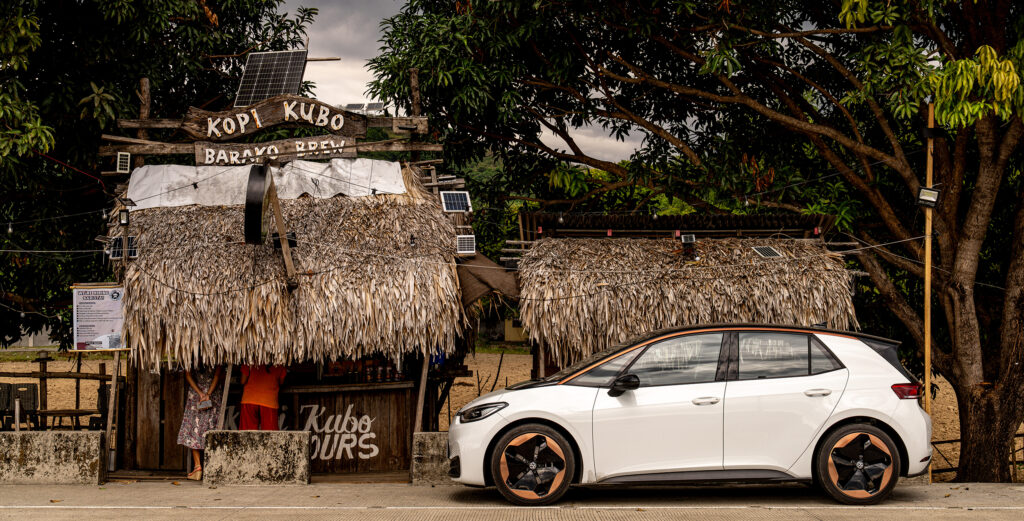
Just like the Honda Jazz, it’s sort of a quasi-MPV as the roof is quite tall, making entry and exit easy even for aged, overweight adults like me, seniors, people with disabilities / mobility issues or mothers and nannies carrying babies. It also has a decent 385 liters of cargo space, expanding to 1,601 liters with the 60:40 split folding seats both laid flat.
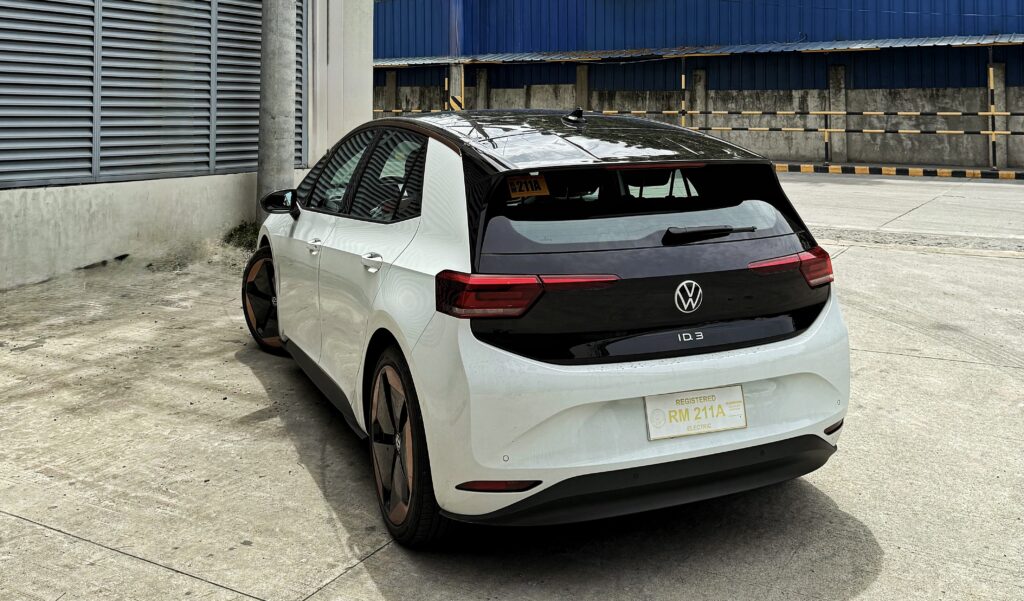
The lengthy 2.77 meter wheelbase gives the iD3 excellent highway manners making it a very capable and highly enjoyable highway cruiser at a steady 85-90kmh. Go towards 100kmh and beyond though and efficiency drops significantly.
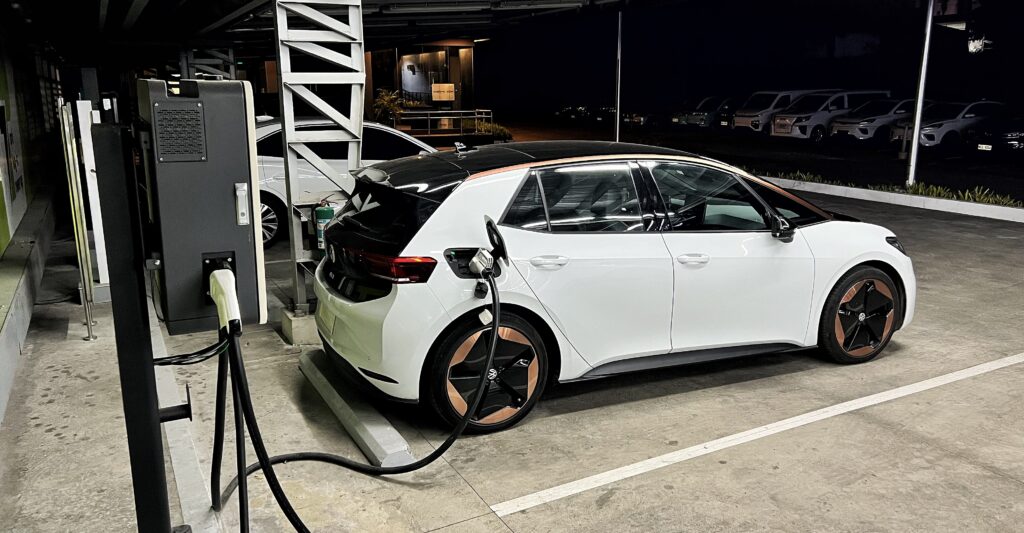
The powertrain consists of a 170hp / 310 Newton-Meter single speed APP 310 single electric brushless motor driving the rear wheels with a maximum range of 450 kilometers from its 52.8kwh battery. The rear-mounted electric motor, mounted just ahead of the rear axle improves driving dynamics by helping minimize yaw, improving weight distribution and balance and also reducing chassis pitch and squat, aided by the firm yet pliant suspension.
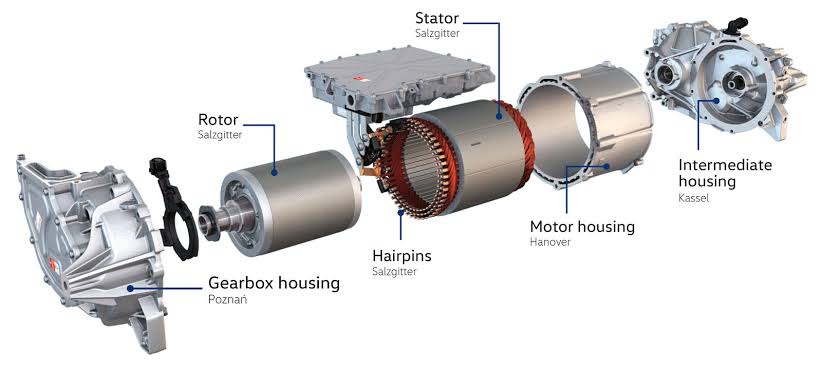
The iD3’s drive is sharp, refined and very responsive, just like a proper Volkswagen. It’s a far cry from the usual Chinese EV’s where you can feel a disconnect between the driving seat and the car’s dynamics. The steering has good heft, communicative, responsive and accurate, encouraging you to get aggressive when the roads get tighter and twistier.
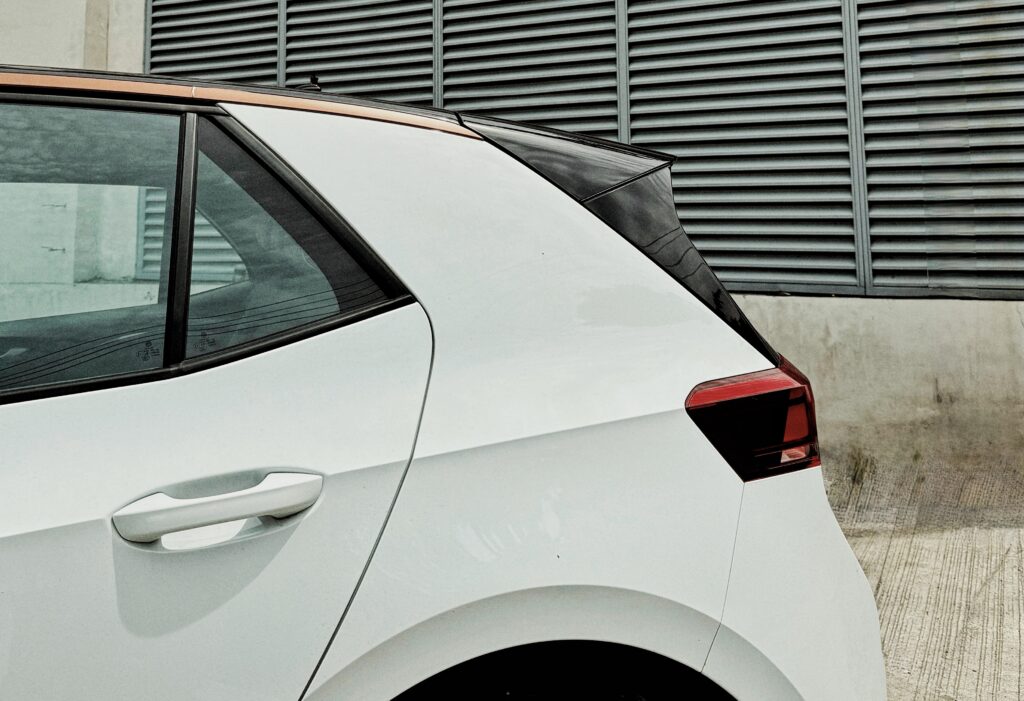
Find a winding road with lots of dips, switchbacks and tight turns together with hairpin corners and the iD3 which can feel staid on the highway after hours gulping down the mileage comes alive, attacks curves with gusto and despite making do with drum brakes, the stoppers still feel firm very progressive, well-modulated and fade-free despite the iD3’s very considerable sub-1800kg kerb weight.
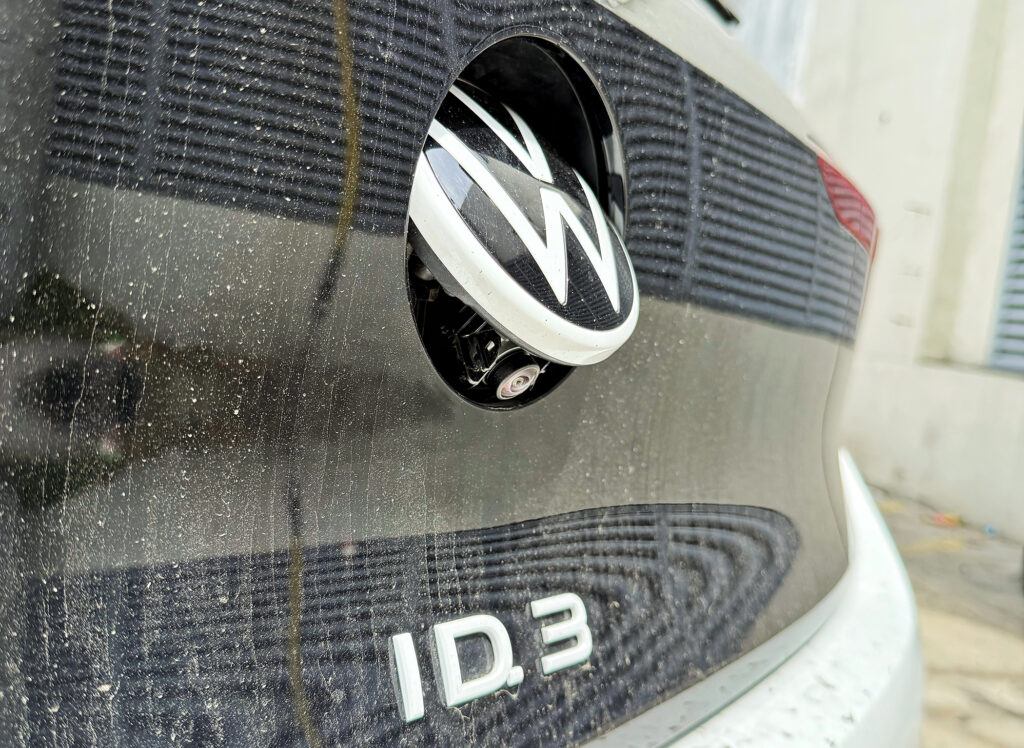
![]()
![]() The iD3 is the thinking man’s everyday roundabout: roomy, spacious, versatile that crucially is also fun to drive. The only downside I really see is the limited range: the advertised 450km seems rather optimistic. ~380km driving normal speeds is realistic. I’d like for at least 550km range.
The iD3 is the thinking man’s everyday roundabout: roomy, spacious, versatile that crucially is also fun to drive. The only downside I really see is the limited range: the advertised 450km seems rather optimistic. ~380km driving normal speeds is realistic. I’d like for at least 550km range. 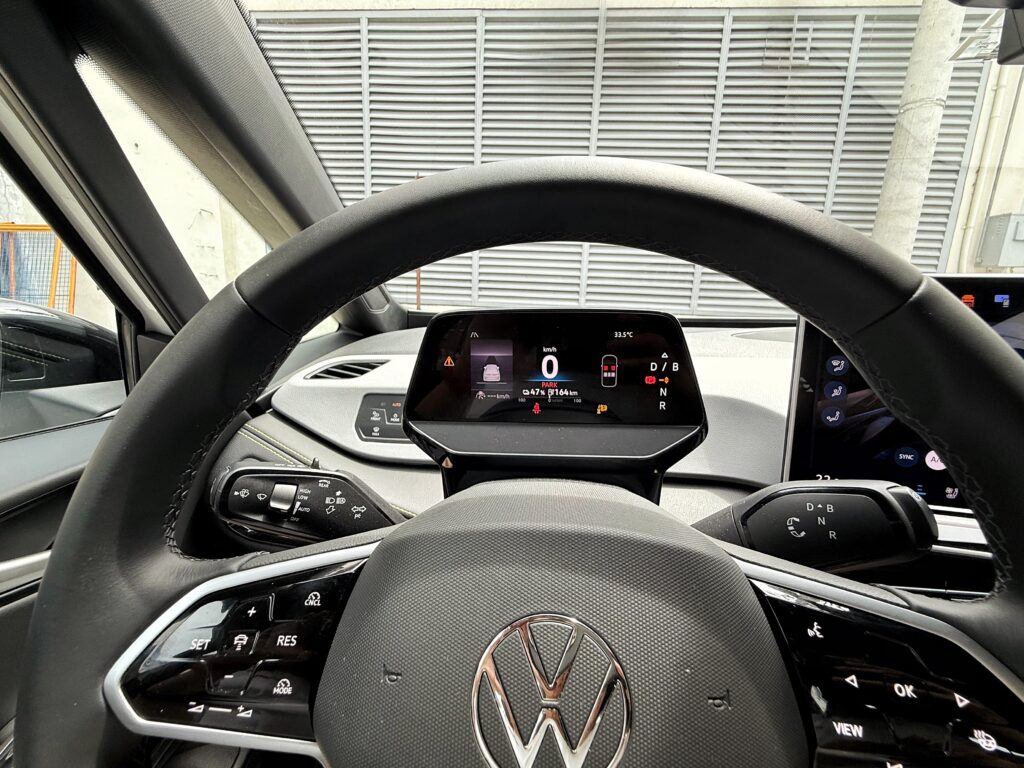
More foibles? The interior is all hard plastic. Volkswagen has actually updated the 2026 iD3 with more soft-touch premium feeling interior furnishings. This current one I drove however is still all hard, harsh and ultimately cheap feeling interiors. The infotainment system also conks out and quits, needing a reset from time to time, like a cheap mobile device that’s running too many applications.
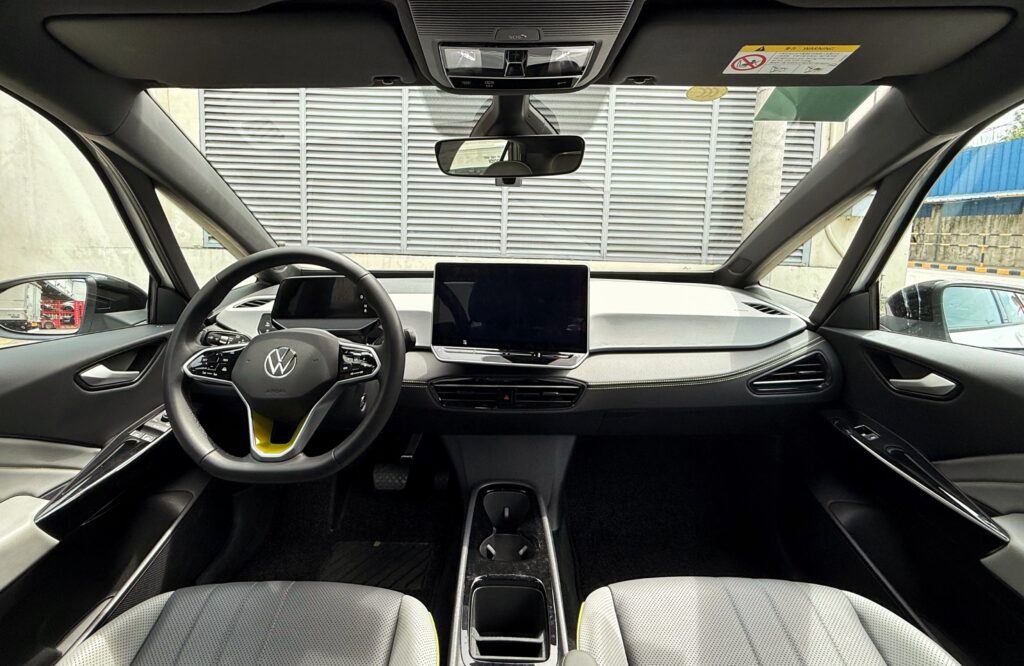
Lastly, the iD3 is a China domestic market unit, so it comes with a GBT plug. You’ll have a harder time finding a public charging station that uses a GBT plug rather than the industry standard CCS Type-2 plug. Some public chargers do allow an adapter, and Silverstern Motors offers a GBT to CCS Type 2 plug conversion (which isn’t just a physical hardware swap but requires software coding as well) but it’s an additional Php200,000 or so on top of the asking price (starting at just under Php2,000,000). Thankfully, Evo X Terra chargers offers both CCS Type 2 and GBT Charging plugs on many of their public charging stations in Luzon.
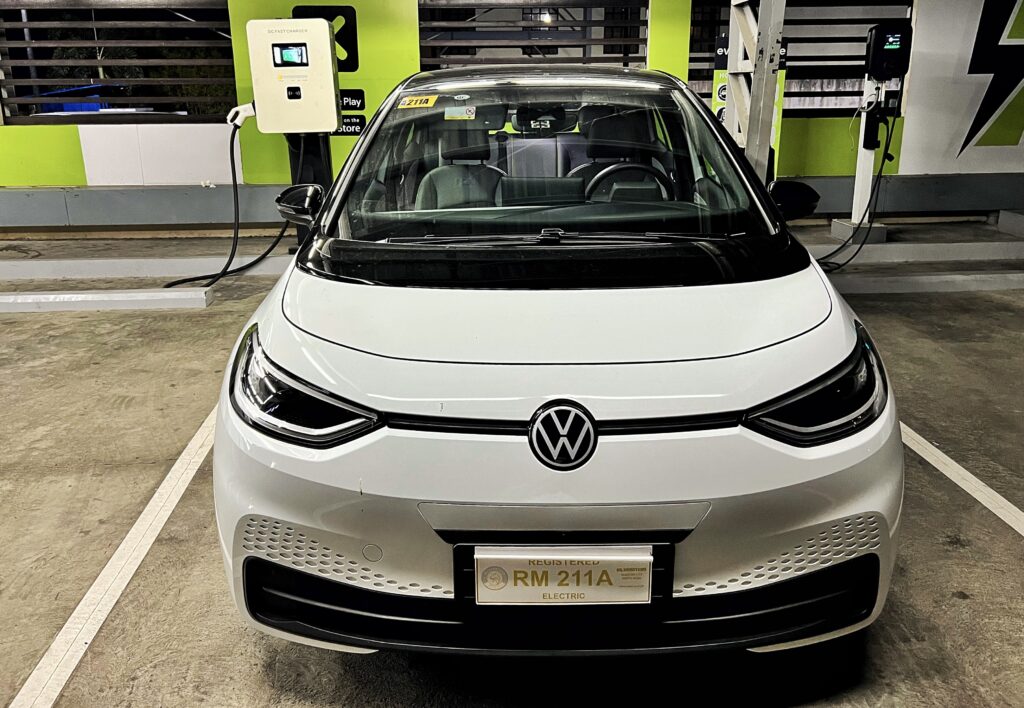
Ultimately, in spite of all these annoyances, I’d still very much rather purchase and drive the iD3 over just about any other electric vehicle in this price range, regardless of origin. It’s fun to drive, has the right image, arguably the best looking and truly unique on our roads over the sea of usual Chinese-branded electric vehicles. For car guys (and gals) it makes transitioning to EV from ICE easy.
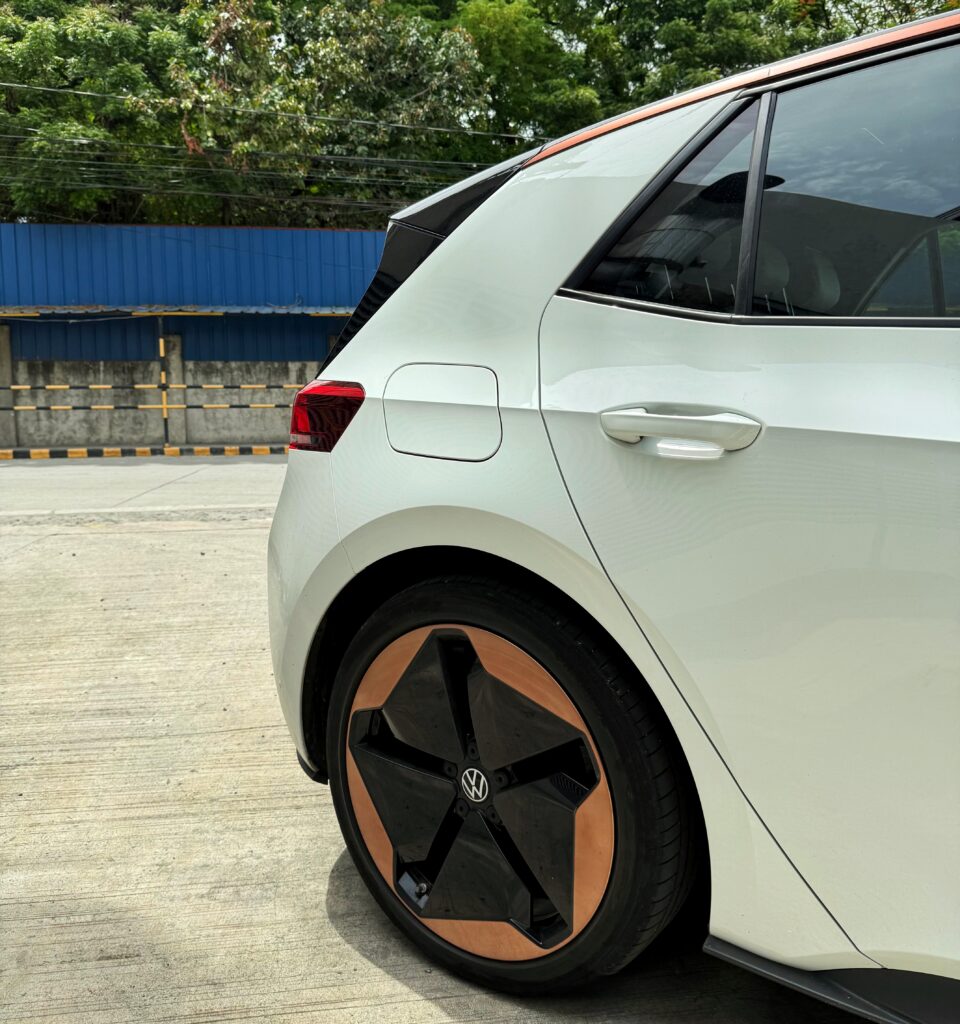
The Volkswagen iD3 could have truly been the Filipino people’s electric car.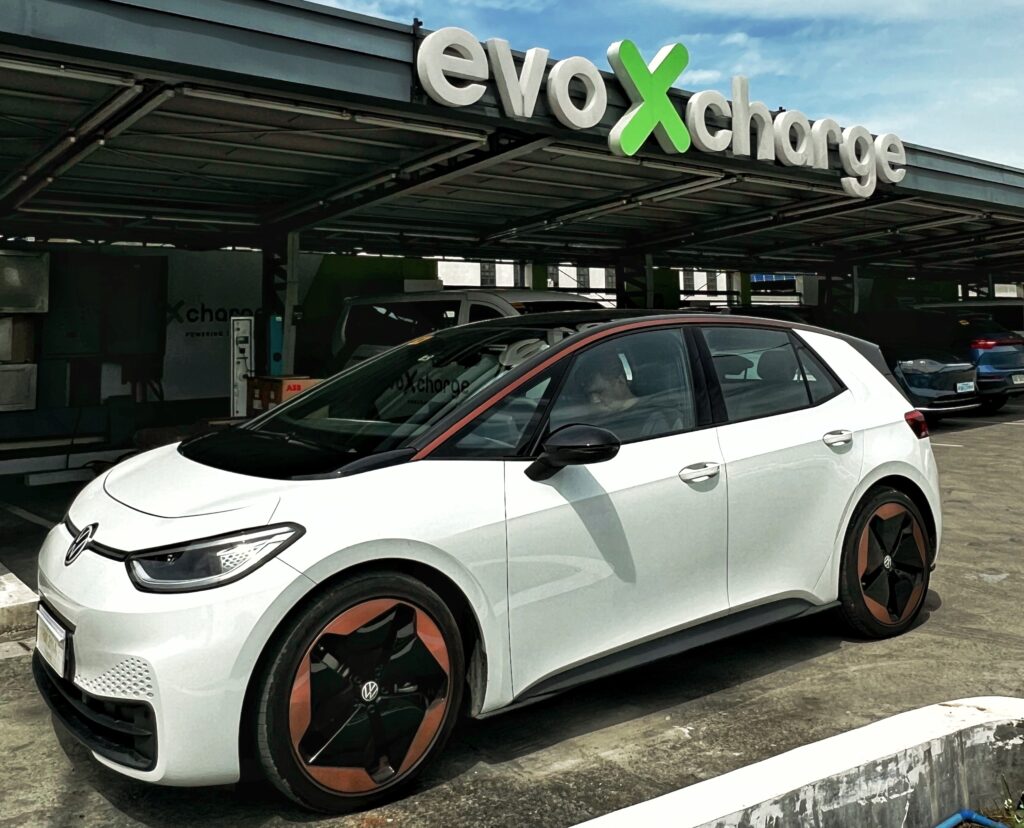
Sadly, it wasn’t meant to be. But thanks to enterprising individuals like Silverstern Motors Inc, the truly dedicated Volkswagen enthusiasts still have a means to access these amazing cars.
